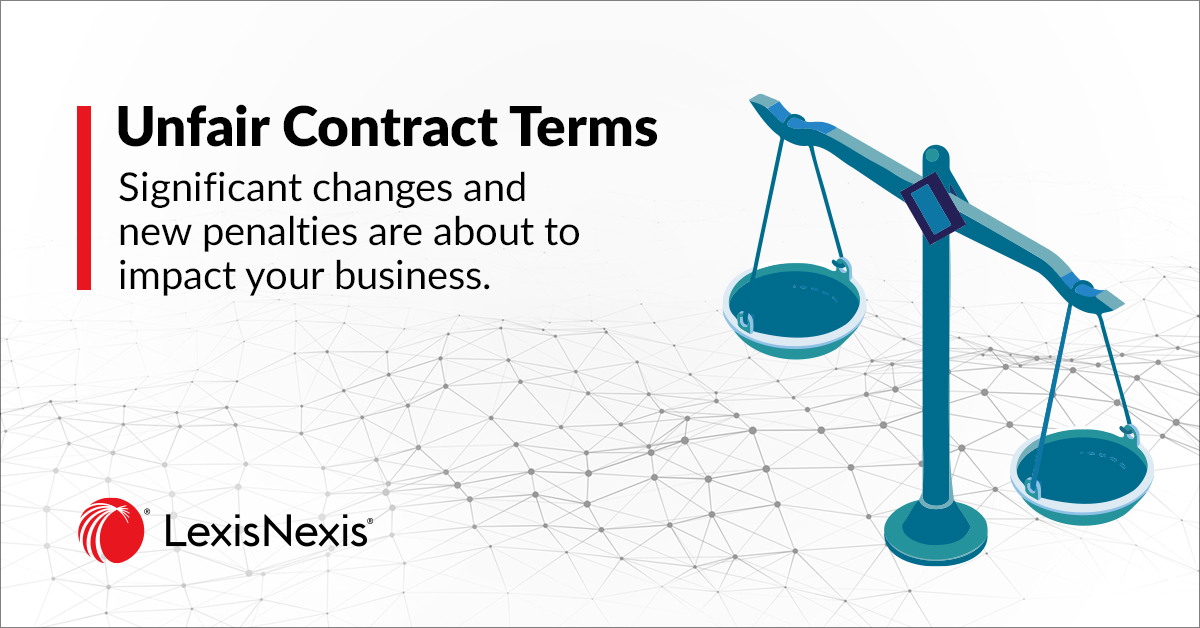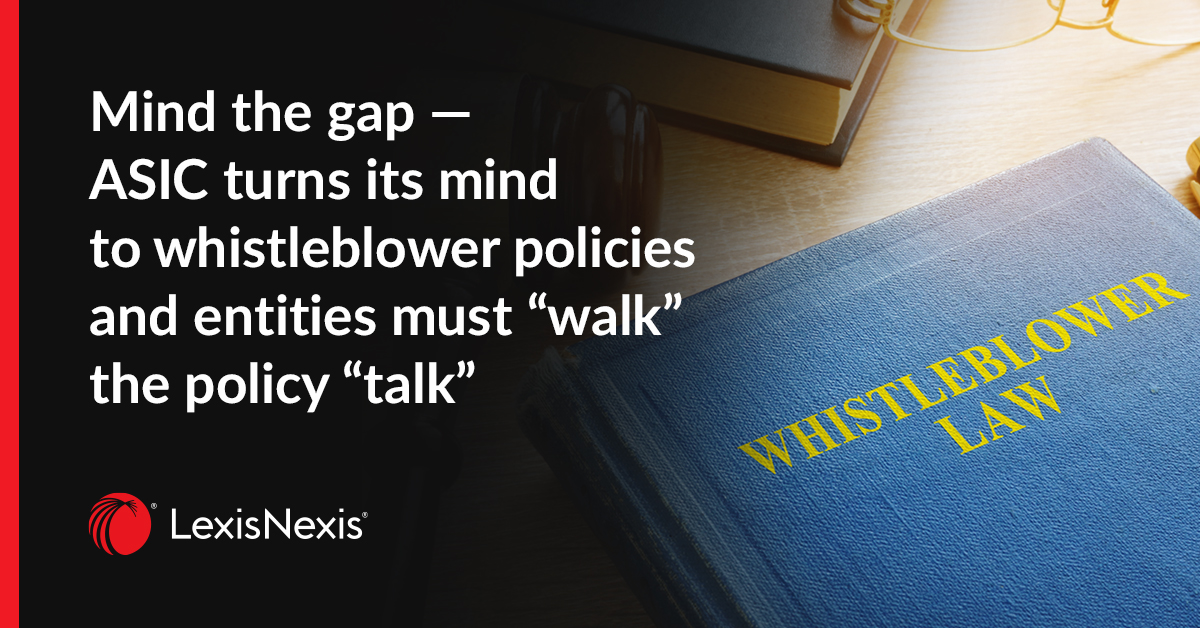
Three tips for banking and finance lawyers when responding to an ASIC advertising query
01 December 2022 00:18
Leonie Chapman LAWYAL SOLICITORS
Australian Banking & Finance Law Bulletin subscribers can read the full article here.
Introduction
From time to time, a credit licensee may receive a “please explain” letter from the Australian Securities and Investments Commission (ASIC) in relation to representations in advertising, to test the accuracy of statements made, the basis for making or evidence supporting representations, or any underlying calculations and assumptions relied on by the licensee. Part of ASIC’s role is to regulate consumer credit providers and assistance, and enforce the consumer protection provisions of the Australian Securities and Investments Commission Act 2001 (Cth) (ASIC Act) and the National Consumer Credit Protection Act 2009 (Cth) (NCCP Act), which includes the National Credit Code (NCC). ASIC monitors the advertising of credit to consumers with its regulatory approach set out in the Regulatory Guide 234 — Advertising financial products and services (including credit): Good practice guidance (RG234). The goal of ASIC is to help promoters of credit products and services comply with their legal obligations and not to mislead and deceive customers. This article outlines three helpful tips for banking and finance lawyers when responding to a letter from ASIC expressing concern about a licensee’s advertising activities.
Tip 1: review against RG 234 and NCC
The first important step in preparing a response to an ASIC request for information is to conduct a detailed review of each of the concerns expressed by ASIC along with the supporting examples of the advertisements it provides, against RG 234 and NCC (for example, to ensure you have complied with disclosure rules when quoting interest rates in credit advertisements and comparison rate disclosure). Where you believe any promotion or representation complies (or is intended to comply) with applicable laws and guidance, you should explain this and the reasons why you felt it complied, providing as much evidence as you can. Supply the relevant RG 234 paragraph or NCC provisions to ASIC to support your position and it is sometimes helpful to give examples of other similar promotions. However, your tone in responding to ASIC is also important. Avoid being argumentative and defiant in your response, but rather be confident and helpful with an openness to being corrected and to always welcome feedback so that you can improve.
Tip 2: be factual and transparent
Importantly, if after your detailed review, you determine internally or after seeking external legal advice that an advertisement may not be aligned with RG 234 or may breach the NCC, be upfront with ASIC about this in your written response. If you made a mistake, something was overlooked, or there was a human error, be honest about that in your letter. If at the time you felt it was right, explain why (a common reason is the misinterpretation of a law or RG 234 paragraph by internal compliance), and admit exactly what went wrong, why it might not have been picked up as part of your advertising approval processes, how you have rectified the matter (generally, through immediately pulling the promotion), and what controls and processes you will put in place to ensure it does not happen again (for example, training, a full advertising review and enhanced approvals).
While in attempting to persuade ASIC of your position, it is always tempting to exaggerate your arguments, you are always better to remain factual and direct in your response, even if that might not be a perfect position. Of course, this does not mean you have to agree entirely with ASIC (or at all), as long as you respond honestly to every single question in a thorough and methodical way. By doing so in a cooperative tone, addressing each concern and every example of promotion provided by ASIC, you have a better chance of circumventing any follow-up questions or clarification from ASIC and will allow them to assess your compliance and any action they might take without further information.
Be thorough in providing factual evidence to back up any representation or claim, for example, claims of interest savings or that you are the first to market for a product or feature. Provide detailed calculations spreadsheets, or publicly available data you used, to establish that your statement was not misleading and was made based on reasonable assumptions that were accurately qualified for the promotion. Ideally, prior to publishing any such claims your legal or compliance team interrogated each representation and documented how you could support a claim, making the process of responding to ASIC far simpler. You should have also reviewed all headline statements before publishing to make sure that each representation, when read on its own, did not mislead or deceive, or where qualifications were needed, they were expressed accurately and presented clearly and prominently.
Tip 3: describe your systems and controls
ASIC will not only be interested in how you can substantiate claims you make in advertising but will want assurances that you have robust systems and controls in place to ensure ongoing compliance with your NCCP Act general conduct obligations. Describe in your response any relevant advertising approvals you currently have in place or intend to put in place in light of ASIC’s concerns, for certain types of higher risk or more heavily regulated promotions, including internal controls and external legal reviews and any relevant policies in place (for example, an Advertising Policy and Marketing Checklists). If you do not yet have an Advertising Policy, you could inform ASIC that you are now implementing one as part of your commitment to enhancing compliance triggered by ASIC’s letter.
Final comments
The best outcome you can achieve is no follow-up response from ASIC at all, as this means ASIC firstly received all the information it needed to consider the concerns it had, and secondly was left satisfied that you have appropriately addressed the issues without further dialogue (or worse, action). Generally, licensees will seek external legal advice on how to respond to an ASIC letter, given the importance of responding properly and accurately and the potential risk to the licensee in miscalculating the response. Given this, there is a potential that a sub-standard response could cause further time and legal costs in having to deal further with any ASIC follow-up queries or actions. Therefore, if you provide enough detail in your initial response letter, ASIC will have no reason to raise additional questions with you unless it disagrees with your arguments or your response prompts further concern by ASIC. The more helpful, transparent, and detailed you are in your initial letter, the more likely you are to resolve the matter with them there and then. It is unlikely that ASIC’s expectation of licensees is they are always perfect and faultless, but rather a requirement for the licensee to have systems, processes, and controls in place to comply with its licence obligations and laws. To that end, the more helpful and willing you are to admit to errors and describe how you intend to improve, the more likely ASIC will move on to the next licensee.
Leonie Chapman
Principal Lawyer and Director
LAWYAL Solicitors
leonie.chapman@lawyal.com.au
www.lawyal.com.au
Latest Articles
-
 Significant increases to competition and consumer law penalties have commenced and sweeping reforms to the unfair contract terms regime will follow in 12 months’ time.
Significant increases to competition and consumer law penalties have commenced and sweeping reforms to the unfair contract terms regime will follow in 12 months’ time. -
 The Australian Securities and Investments Commission (ASIC) is calling on Australian CEOs, from public companies, large proprietary companies and corporate superannuation trustees to review their whistleblower policies and processes to ensure compliance with private sector whistleblower laws.
The Australian Securities and Investments Commission (ASIC) is calling on Australian CEOs, from public companies, large proprietary companies and corporate superannuation trustees to review their whistleblower policies and processes to ensure compliance with private sector whistleblower laws. -
![Unfair dismissal: A “line in the sand” must not be discretionary (Michael Hudson v Metcash Trading Ltd [2021] FWC 2765) Unfair dismissal: A “line in the sand” must not be discretionary (Michael Hudson v Metcash Trading Ltd [2021] FWC 2765)](https://www.lexisnexis.com.au/__data/assets/image/0005/498002/1200x628px-blog-banner_Article-5-D3.jpg) This is a lesson for employers to pay attention to policy drafting to ensure the policy provides a sound basis for dismissal in the event of non-compliance. Otherwise, the Fair Work Commission may find that the dismissal for non-compliance is an unfair dismissal under Pt 3-2 of the Fair Work Act 2009 (Cth).
This is a lesson for employers to pay attention to policy drafting to ensure the policy provides a sound basis for dismissal in the event of non-compliance. Otherwise, the Fair Work Commission may find that the dismissal for non-compliance is an unfair dismissal under Pt 3-2 of the Fair Work Act 2009 (Cth).
Practical Guidance
Your one-stop solution for accurate legal answers from Australian legal experts. Tools, practically focused guidance notes, checklists, precedents, and training materials support and streamline your legal workflow.
LEARN MORE LexisNexis
LexisNexis